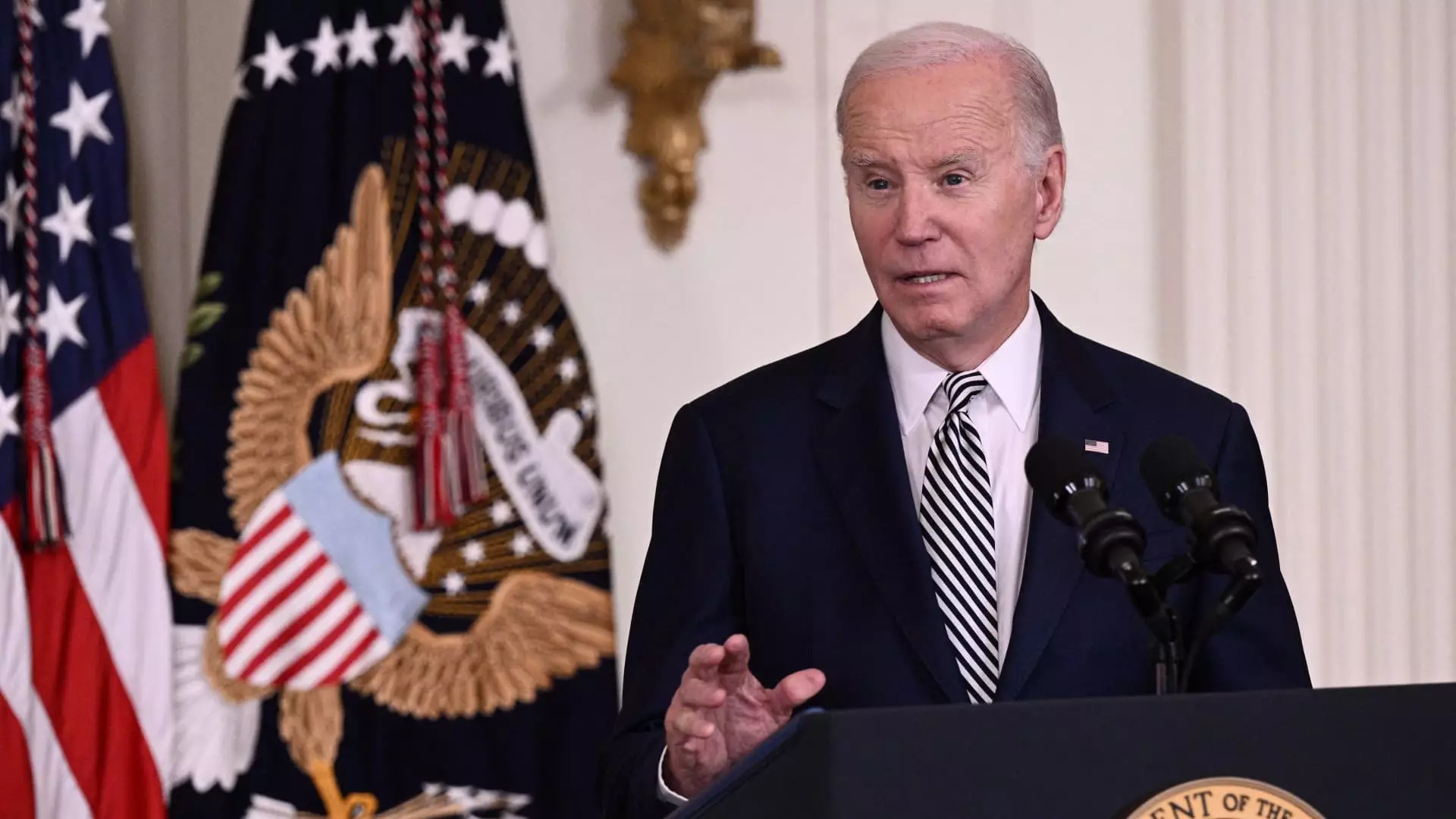The landscape of artificial intelligence (AI) is rapidly evolving, with innovations emerging at an unprecedented pace. In a significant turn of events, the U.S. government has unveiled a new set of regulations aimed at controlling the export of AI technology and chips. This move is rooted in a strategic effort not only to maintain the U.S.’s leadership in AI development but also to curb the technological advancements of nations perceived as competitors, notably China. As the implications of this regulation unfold, it raises questions about the broader geopolitical landscape and the ethical considerations surrounding such rigorous controls.
The Strategic Segmentation of Global Markets
One of the key features of the U.S. government’s new regulations is the classification of nations into tiers, determining their access to advanced AI technologies. The regulation segments the global market into three distinct categories. Countries like Japan, the United Kingdom, and South Korea are placed in a Tier One category, which grants them significant access to U.S. AI technologies. In stark contrast, nations that pose perceived geopolitical threats, such as China, Russia, Iran, and North Korea, face an outright ban on these technologies.
This strategic segmentation aims to ensure that the U.S. retains its technological edge and alleviates security concerns regarding the proliferation of AI capabilities in adversarial states. It reflects a growing recognition that control over AI resources could dictate future military and economic power on the global stage. Yet, this isolationist approach raises fundamental questions about the potential for technological collaboration that could benefit global innovation.
The implications of these regulations extend beyond national security, delving into the economic landscape of the U.S. technology sector. Major companies such as Nvidia and Advanced Micro Devices are notably impacted by these restrictions. Nvidia has criticized the regulations as a “sweeping overreach,” suggesting that such limitations could obstruct opportunities for growth and collaboration with international markets.
Moreover, while the new regulations provide exemptions for major cloud service providers like Microsoft and Amazon, allowing them to seek global authorizations for data centers, there are stringent conditions that these companies must adhere to. These requirements could deter smaller firms from participating in the AI race, potentially consolidating power among the largest players in the industry and reducing competition.
The Ethics of AI Control
Another critical aspect of this regulatory framework is the ethical dimension surrounding AI development and deployment. While the U.S. government argues that these measures are necessary to prevent the misuse of AI technologies, it inadvertently raises issues regarding transparency and fairness in technological access. The assertion that certain nations pose a risk due to their potential military applications of AI technology underscores an ongoing debate about who gets to control artificial intelligence and for what purposes.
AI’s potential to address global challenges in healthcare, agriculture, and education is monumental; however, its potential to exacerbate inequality and infringe on human rights cannot be overlooked. The regulations must navigate the fine line between national security and fostering a collaborative global environment that encourages responsible AI innovation.
As the regulations take effect, the incoming administration’s stance on enforcing these rules will be critical. Although there is bipartisan agreement on the risks posed by China in the technological domain, differences may arise in how best to manage competition. The evolving nature of AI technologies requires not just regulatory frameworks but also foresight into the technological landscape shaping our future.
Furthermore, as AI continues to integrate into various sectors, it will be essential for policymakers to engage in a broader dialogue with stakeholders, including tech firms, civil organizations, and international allies. They must work collectively to craft regulations that not only prioritize national security but also allow for technological advancement without compromising ethical standards or global cooperation.
The new regulations on AI technologies symbolize a pivotal change in the U.S. government’s approach to global technological leadership. While aiming to secure national interests and control competition, these regulations could lead to unintended consequences in terms of economic growth and innovation. As the world watches how these changes unfold, the balancing act between security and progress will define the future of AI—and, ultimately, all of humanity. Engaging in proactive, inclusive policymaking will be vital in navigating this complex landscape and fostering a tech-driven future of benefits shared widely across borders.


Leave a Reply